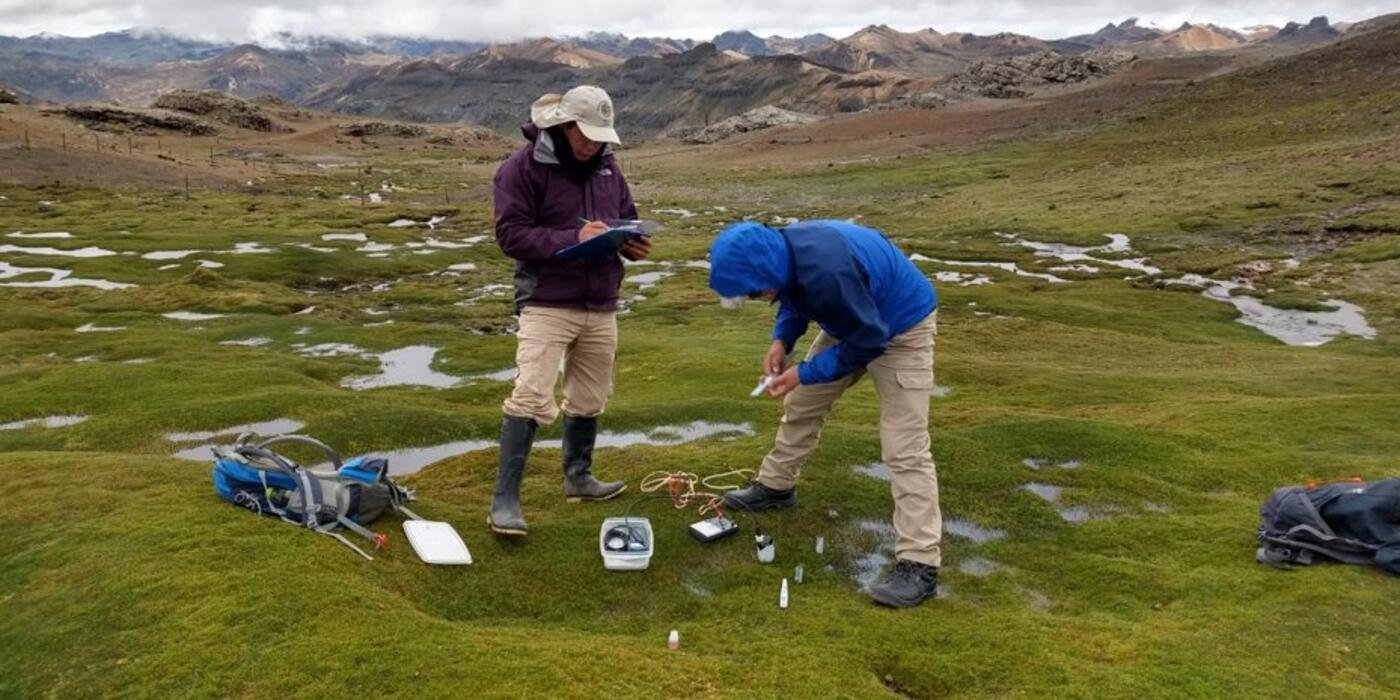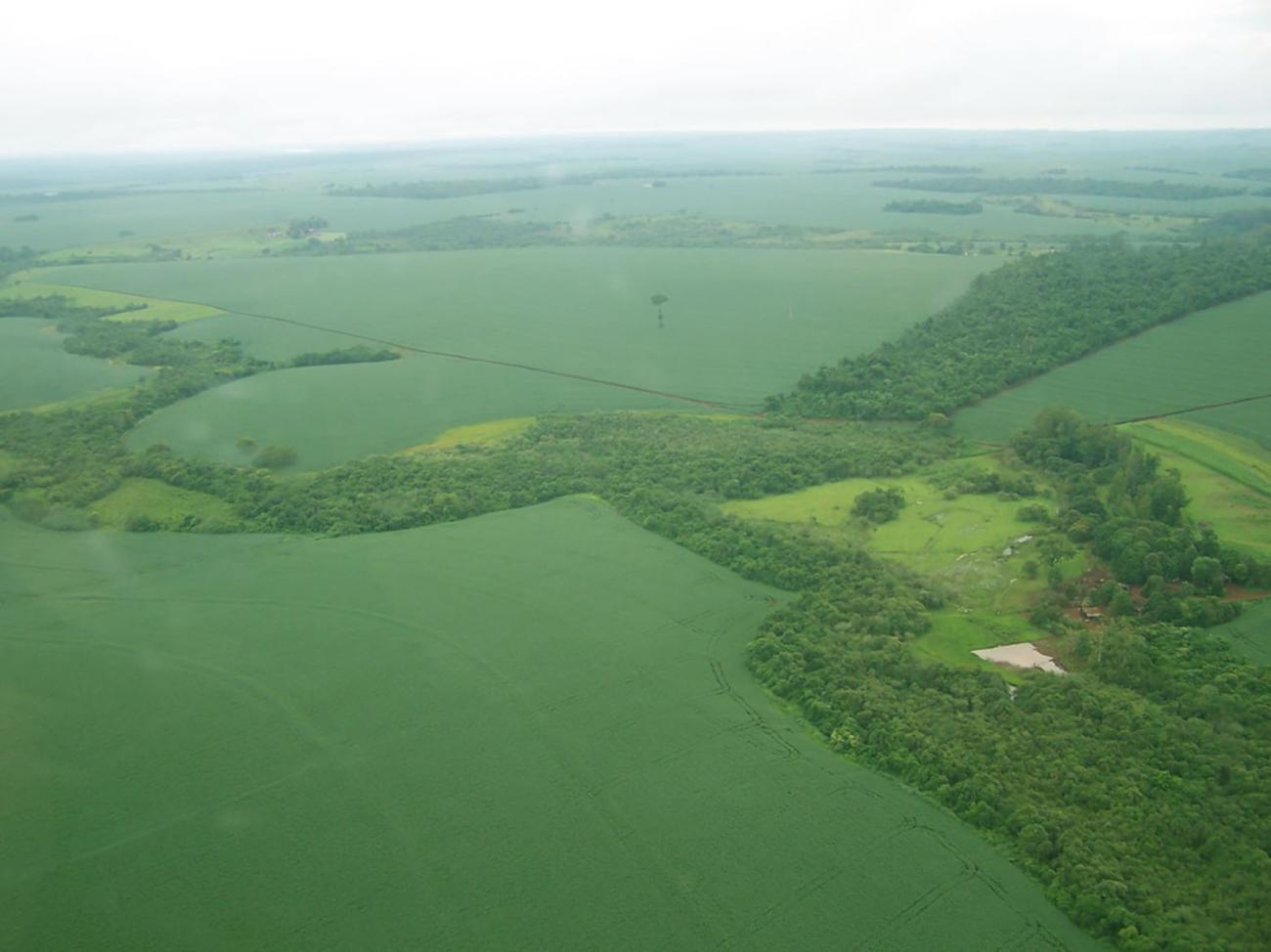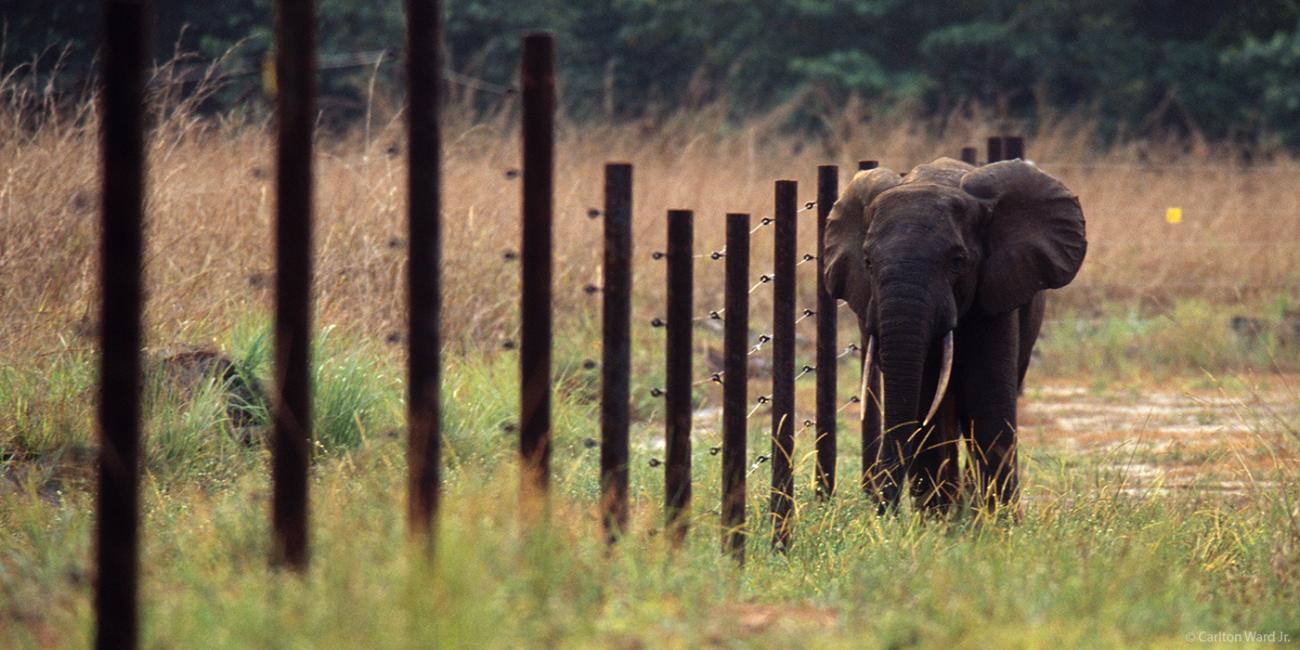Conservation and Science
CCS works in regions of high biodiversity to promote biodiversity knowledge and develop best practices for the integration of conservation and development. The Center has worked on programs around the world, with ongoing research in Peru and Gabon.
Projects
Atlantic Forest Conservation in Paraguay ›
Scientists works with partners in Paraguay to research and develop best practices for managing protected areas with healthy wildlife populations.
From the Andes to the Pacific ›
Scientists are monitoring habitat and species, including the Andean cat, pencil catfish and Peruvian long-snouted bat, to help integrate biodiversity conservation into the construction and operation of a gas pipeline that stretches from the eastern Andes to the Pacific coast of Peru.
Working with Industry to Conserve African Forests ›
Southwestern Gabon’s protected Gamba Complex is home to gorillas, forest elephants and sea turtles; it also contains the country’s largest oil development. Smithsonian scientists and partners are working to protect the region’s forests and biodiversity.













